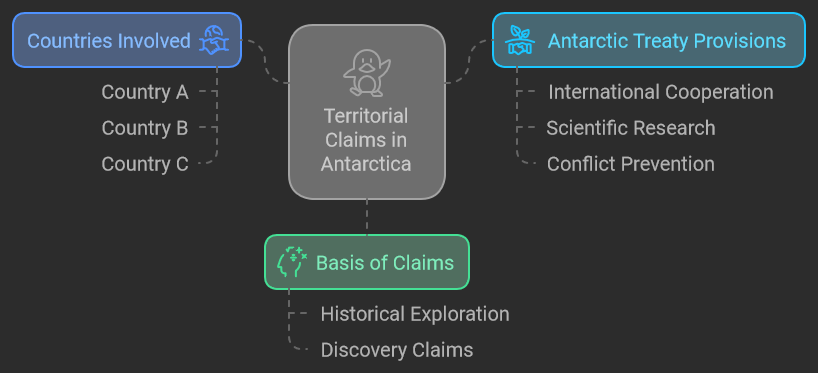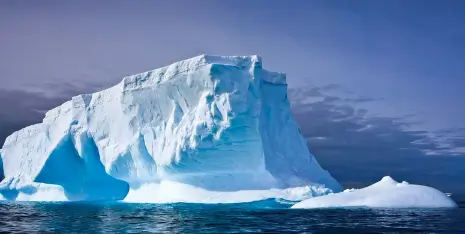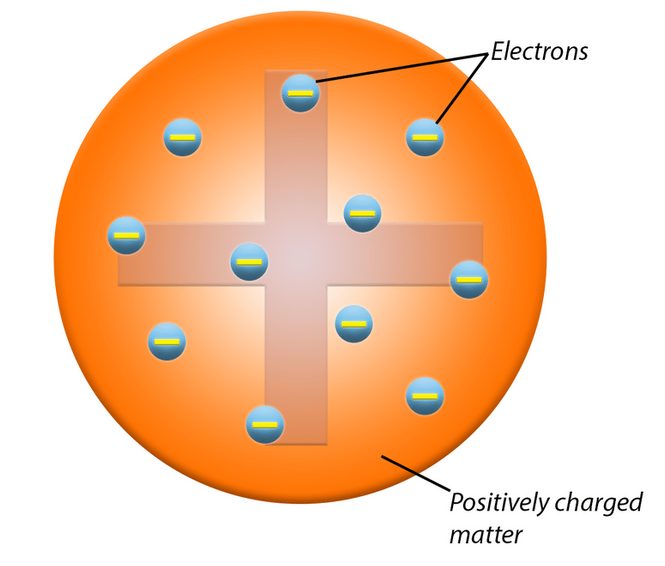Antarctica is a remarkable and unique continent, distinguished not only by its extreme environment but also by its critical role in global scientific research and climate studies. Covering approximately 14 million square kilometers (5.4 million square miles), it stands as the fifth-largest continent, characterized by its vast ice sheets and diverse ecosystems. However, it is important to clarify that Antarctica is not a country; rather, it is an international territory governed by a complex system of treaties and agreements that promote cooperation among nations.
Geographical Overview
Located at the southernmost part of the Earth, Antarctica is surrounded by the Southern Ocean, which plays a significant role in regulating the planet’s climate and ocean currents. Its geographical isolation and harsh conditions make it one of the most inhospitable places on Earth, with temperatures that can plummet below -60 degrees Celsius (-76 degrees Fahrenheit). Despite its harsh climate, Antarctica hosts a unique landscape of icebergs, glaciers, and mountain ranges, making it a site of profound scientific interest.
Governance of Antarctica
The governance of Antarctica is primarily established by the Antarctic Treaty System, which was signed in 1959 and came into effect in 1961. This landmark treaty was significant as it laid the groundwork for the peaceful and cooperative use of the continent, ensuring that it remains a region dedicated to scientific inquiry and environmental protection.
Currently, 54 parties are involved in the treaty, including nations with territorial claims and those engaged in scientific research in the region. The treaty promotes collaboration between these nations, allowing for shared scientific endeavors and the exchange of research findings.
Among its key provisions, the Antarctic Treaty explicitly prohibits military activity, mineral mining, and nuclear testing on the continent. This ensures that Antarctica remains a neutral zone, free from geopolitical tensions. Additionally, the treaty emphasizes the importance of scientific research and environmental protection, recognizing that the unique ecosystems of Antarctica must be preserved for future generations.

Territorial Claims
The concept of territorial claims in Antarctica is complex and contentious. Several countries assert their rights to specific portions of the continent based on historical exploration and discovery. However, these claims are complicated by the provisions of the Antarctic Treaty, which was designed to ensure that Antarctica remains a zone of international cooperation and scientific research rather than conflict over territory.
Countries with territorial claims on Antarctica include:
- Argentina
- Chile
- United Kingdom
- France
- New Zealand
- Norway
- Australia
- Russia
- United States (which has reserved the right to claim territory but has not made a formal claim)
Under the Antarctic Treaty, these territorial claims are held in abeyance. This means that while the claims exist, they are not recognized or enforced in the traditional sense, and no new claims can be made while the treaty is in effect. As a result, Antarctica is viewed as an international territory, where the focus remains on scientific research and environmental stewardship rather than national sovereignty.
Scientific Research and Presence
Antarctica is home to numerous research stations operated by various countries, creating a vibrant international community dedicated to scientific inquiry. These stations serve as bases for a wide range of research initiatives, covering topics such as climate change, glaciology, biology, geology, and astronomy. Each summer, thousands of researchers and support personnel descend on the continent to conduct experiments, gather data, and collaborate with scientists from around the world.
The types of research conducted in Antarctica are diverse, ranging from studying ice cores to understand past climate conditions to observing unique ecosystems that thrive in extreme environments. Researchers also investigate the impacts of climate change on ice sheets and global sea levels, making Antarctica a critical location for understanding the Earth’s climate system.
The number of personnel on the continent fluctuates significantly with the seasons. During the summer months, when temperatures are milder and daylight is extended, research stations can host thousands of scientists and support staff. In contrast, during the harsh winter months, the population can dwindle to just a few hundred, as many research activities pause due to extreme weather conditions.

Biodiversity and Environment
Antarctica’s environment is characterized by its extreme cold and vast ice coverage, with around 98% of the continent covered by ice that can be several kilometers thick. This harsh landscape creates a challenging habitat for life, yet it supports a surprising array of unique wildlife. Penguins, seals, and various seabirds are among the most notable inhabitants of the continent, each adapted to thrive in this frigid environment.
The unique ecosystems found in Antarctica are largely centered around the coastal regions and the surrounding waters, where species such as krill play a crucial role. Krill serves as a foundational element of the Antarctic food web, supporting not only the local marine life but also global oceanic ecosystems. The presence of these marine species highlights the importance of protecting Antarctica’s fragile environment and underscores the interconnectedness of life on our planet.
Conclusion
In summary, Antarctica stands as a unique and vital international territory, governed by the Antarctic Treaty System, which emphasizes peace, scientific collaboration, and environmental protection. Unlike any other region in the world, its status ensures that no single country holds sovereignty over the continent, fostering a spirit of cooperation among nations. This collaborative approach is crucial, as the research conducted in Antarctica plays a significant role in understanding global climate change, biodiversity, and ecological systems.
The continent’s extreme environment and rich biodiversity provide invaluable opportunities for scientific inquiry, underscoring the necessity of preserving this remarkable region for future generations. As scientists from around the globe work together to uncover the secrets of Antarctica, they contribute not only to our understanding of this unique land but also to the broader knowledge of our planet and its interconnected systems.
Resources for Further Reference
For those interested in exploring more about Antarctica, its governance, research initiatives, and environmental significance, here are some credible sources:
- Antarctic Treaty Secretariat: Antarctic Treaty Secretariat
- U.S. Department of State: Antarctica Overview
- National Science Foundation: U.S. Antarctic Program
- Encyclopedia Britannica: Antarctica
- World Wildlife Fund (WWF): Antarctica and the Southern Ocean
Additional Tips
- Consider adding visuals or maps to enhance understanding of Antarctica’s geography and research stations.
- Including relevant quotes from experts or documents related to the Antarctic Treaty can lend credibility to your blog.
- Engage your readers with a question or prompt at the end of the post to encourage discussion about Antarctica and its significance in today’s world.
FAQ
1. Is Antarctica a country?
No, Antarctica is not a country. It is a continent governed by the Antarctic Treaty System, which designates it as an international territory dedicated to scientific research and environmental protection.
2. What countries have territorial claims in Antarctica?
Several countries have made territorial claims on parts of Antarctica, including Argentina, Chile, the United Kingdom, France, New Zealand, Norway, Australia, Russia, and the United States. However, these claims are held in abeyance under the Antarctic Treaty.
3. What is the Antarctic Treaty?
The Antarctic Treaty, signed in 1959 and effective from 1961, is an international agreement that establishes Antarctica as a zone for peace and scientific research. It prohibits military activity, mineral mining, and nuclear testing on the continent.
4. Why is scientific research in Antarctica important?
Scientific research in Antarctica is crucial for understanding global climate change, studying unique ecosystems, and examining geological and biological processes. The continent serves as a natural laboratory for researchers studying climate patterns, ice core samples, and marine biodiversity.
5. What types of research are conducted in Antarctica?
Research in Antarctica encompasses a wide range of fields, including climate science, glaciology, biology, geology, and astronomy. Studies often focus on ice core samples to analyze past climate conditions, the impacts of climate change, and the adaptation of species to extreme environments.
6. How many research stations are there in Antarctica?
There are over 70 research stations in Antarctica operated by various countries. The number of personnel varies seasonally, with thousands present during the summer months and only a few hundred during the winter.
7. What wildlife can be found in Antarctica?
Antarctica is home to unique wildlife, including various species of penguins (such as the Emperor and Adelie), seals (like the Weddell and leopard seals), and seabirds. The surrounding waters are rich in marine life, particularly krill, which is a vital part of the Antarctic ecosystem.
8. How does the Antarctic Treaty impact environmental protection?
The Antarctic Treaty emphasizes environmental protection by prohibiting activities that could harm the continent’s unique ecosystems, such as mineral extraction and military operations. It promotes scientific collaboration focused on understanding and preserving the Antarctic environment.
9. What is the significance of krill in Antarctica?
Krill are small shrimp-like crustaceans that play a crucial role in the Antarctic food web. They serve as a primary food source for many marine animals, including seals, penguins, and whales, making them vital to the health of the entire ecosystem.
10. How can I learn more about Antarctica?
To learn more about Antarctica, you can explore resources such as the Antarctic Treaty Secretariat, the U.S. Department of State, the National Science Foundation, and the World Wildlife Fund. These organizations provide valuable information on the continent’s governance, research initiatives, and environmental significance.




